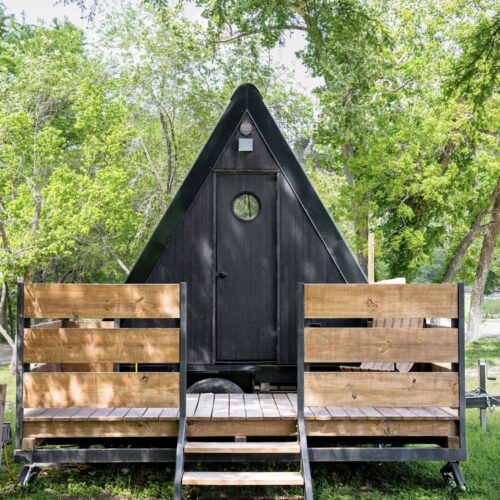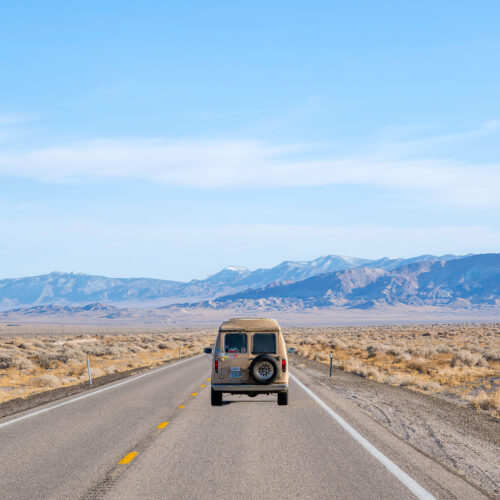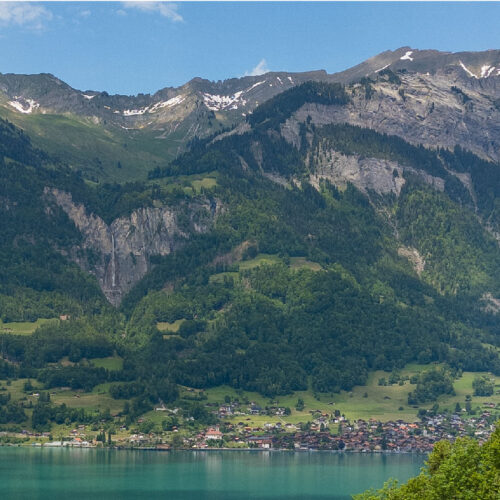All aboard! We embark from the end of the world aboard the MS Roald Amundsen on a (shivery) trip of a lifetime! Once across the infamous Drake Passage adventurers are graced with sights of towering mountain peaks, shimmering glaciers, and boisterous penguins. As one of the last frontiers, you’ll want to make sure you pack accordingly and don’t forget those binoculars while exploring the windiest, coldest and driest continent on Earth. And just remember, if you’re hoping to run into some polar bears, you’ll need to look on the other side of the equator…
AWA Adventure guides See All

Italy
Beginning in Rome and making our way up to Florence, our Italian Adventure was full of gorgeous cathedrals, mom and pop shops, delicious pasta, and too many Italian dogs to count.

A Camping Guide to Texas
From historic universities to Americana beauty that feels straight out of a Western, the spots between Camp Fimfo's iconic campgrounds are worthy of your next road trip.

A Highway Guide to Nevada
From the shores of Lake Tahoe to the allusive Area 51 and to the majestic Hoover Dam, our Nevada road trip was full of unique signs, historic towns, and a handful of tumbleweeds.

Switzerland
From exploring art museums in Basel, to not lifting a finger at luxurious hotels, and to visiting charming Swiss chalets, our second trip to the Land of Milk and Honey was just as magical as the first.

The Seventh Continent
All aboard! We embark from the end of the world aboard the MS Roald Amundsen on a (shivery) trip of a lifetime!

A Curious Scottish Excursion
Over a century ago, Phileas Fogg circumnavigated the globe over 80 trips around the sun. Taking a page out of his whimsical legacy, we found ourselves on a similarly audacious adventure—in Scotland.
























